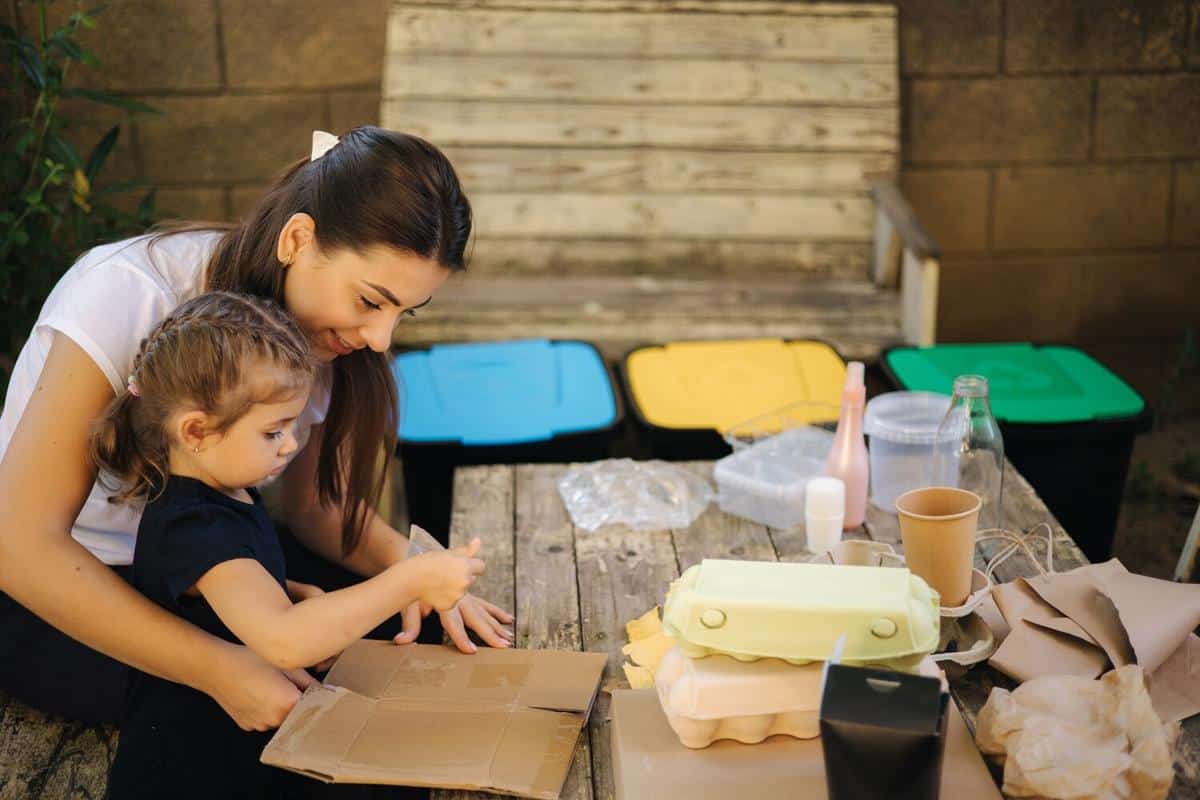
Upcycling Old Furniture: Transforming Trash into Treasure
Breathing new life into old furniture is not only a rewarding endeavor but also an environmentally friendly one. Upcycling transforms discarded items into cherished pieces, offering a creative outlet and a sustainable approach to home decor.
Why Upcycle Old Furniture?
Upcycling is a fantastic way to reduce waste and give a second chance to furniture that might otherwise end up in a landfill. According to the Environmental Protection Agency, furniture waste contributes significantly to municipal solid waste, making up about 9.8 million tons annually in the United States alone. By upcycling, you not only save money but also contribute to reducing this environmental burden.
Expert Insights
“Upcycling is not just a trend; it’s a lifestyle choice that reflects a commitment to sustainability,” says Emma Green, a renowned eco-friendly interior designer. “It encourages creativity and allows individuals to express their unique style through each piece they transform.”
Steps to Start Upcycling
- Assess Your Furniture: Look for sturdy pieces that just need a little TLC. Check for structural integrity and potential for transformation.
- Gather Supplies: Basic tools like sandpaper, paint, brushes, and a screwdriver set are essential. Depending on your project, you may need additional items.
- Plan Your Design: Sketch your ideas or gather inspiration from online resources. Websites like Pinterest offer a plethora of creative upcycling ideas.
- Get to Work: Start with cleaning and sanding the piece before painting or adding new features. Remember to work in a well-ventilated area.
Personal Touch: A Success Story
When Mark stumbled upon an old wooden dresser at a garage sale, he saw potential in its faded colors and chipped edges. With some paint, new knobs, and a bit of imagination, he transformed it into a beautiful statement piece for his bedroom. “The sense of accomplishment I felt was incredible,” Mark shares, “and it became a conversation starter for everyone who visited.”
Actionable Tips for Upcycling
- Start Small: If you’re new to upcycling, begin with a small project, like a chair or side table, to build your confidence.
- Use Quality Paint: Invest in high-quality, eco-friendly paints that offer durability and a flawless finish.
- Experiment with Textures: Consider adding fabric or wallpaper to certain areas for a unique touch.
- Think Outside the Box: Don’t limit yourself to traditional uses; a dresser can become a chic storage unit or a bar cart.
Comparison: Painted vs. Natural Finish
| Aspect | Painted Finish | Natural Finish |
|---|---|---|
| Durability | Protects wood from elements | Requires regular maintenance |
| Appearance | Customizable with colors | Highlights natural grain |
| Cost | Higher due to paint and tools | Lower, minimal supplies needed |
| Time | More time-consuming | Quicker process |
| Skill Level | Requires some painting skills | Beginner-friendly |
| Environmental Impact | Depends on paint type | Minimal |
| Versatility | Highly versatile | Limited |
| Trendiness | Trendy and modern | Classic and timeless |
Frequently Asked Questions
What is upcycling?
Upcycling involves creatively reusing old items to create something new and valuable, often with a different purpose or improved design.
What types of furniture can be upcycled?
Almost any type of furniture can be upcycled, from chairs and tables to dressers and bookshelves. The key is to look for solid construction and potential for transformation.
Do I need special tools for upcycling?
Basic tools like sandpaper, paintbrushes, and screwdrivers are often sufficient, though more complex projects may require additional tools.
Is upcycling cost-effective?
Yes, upcycling can be very cost-effective, especially if you already own some of the necessary tools and supplies. It also saves money compared to buying new furniture.
Conclusion
Upcycling old furniture offers a fulfilling way to contribute to sustainability while adding a personal touch to your home decor. By following the steps and tips outlined, you can transform trash into treasure and enjoy the process of creativity and innovation. Take the plunge today, and see where your imagination leads you!


